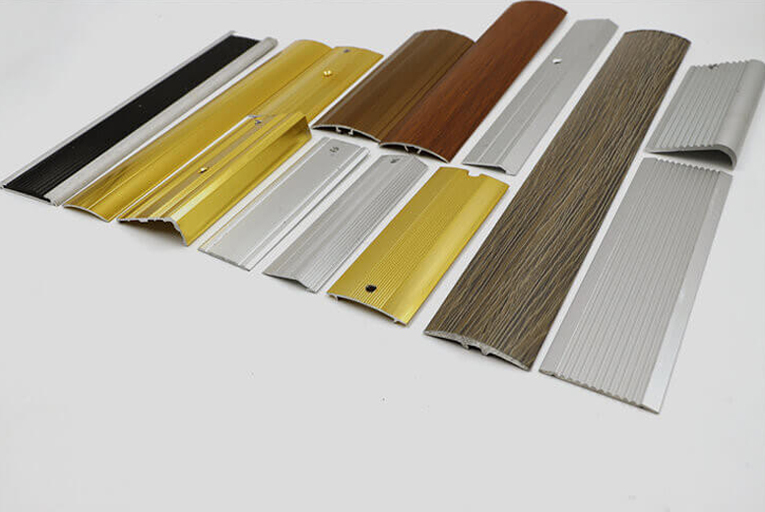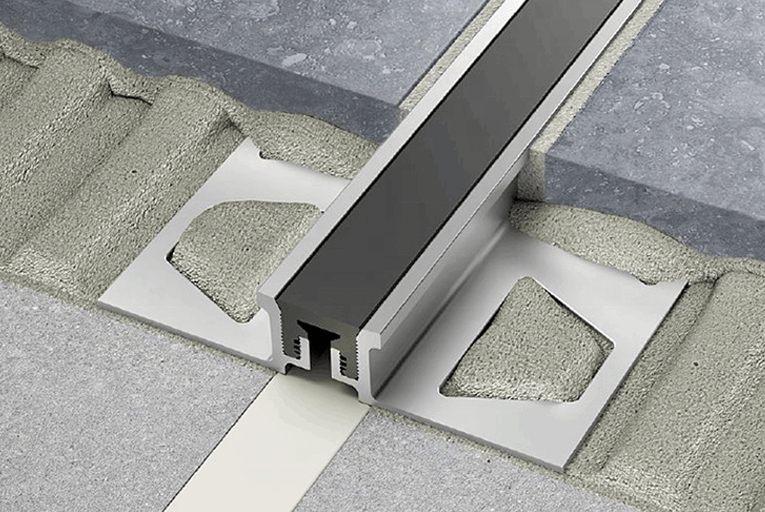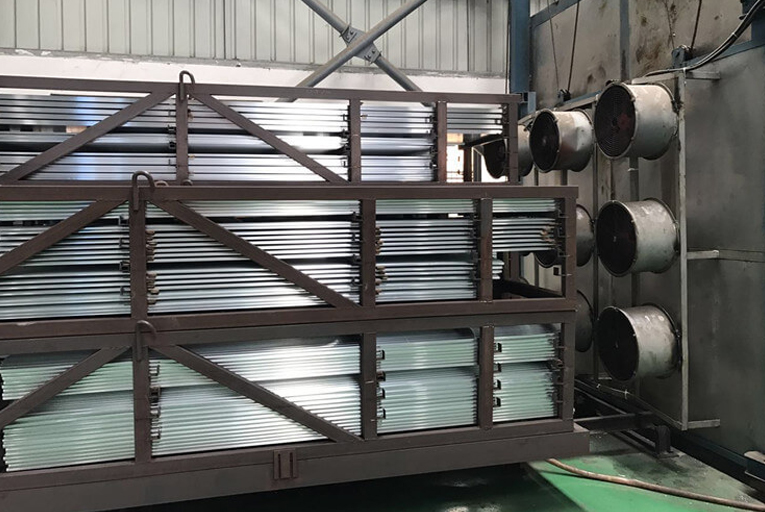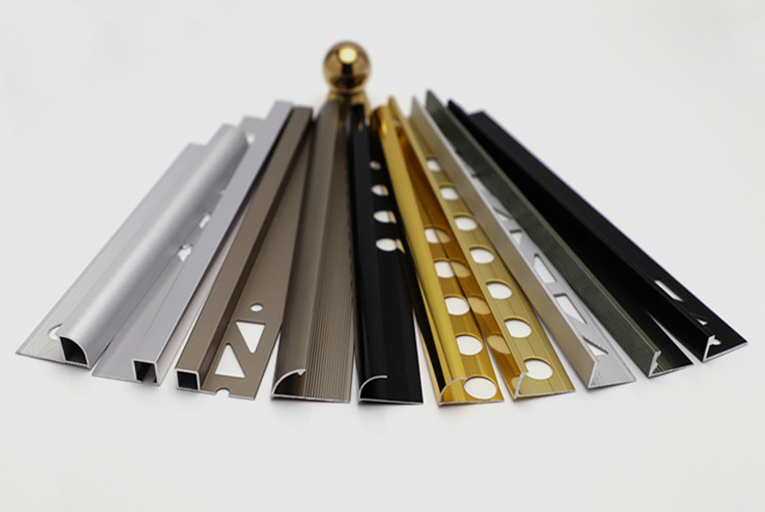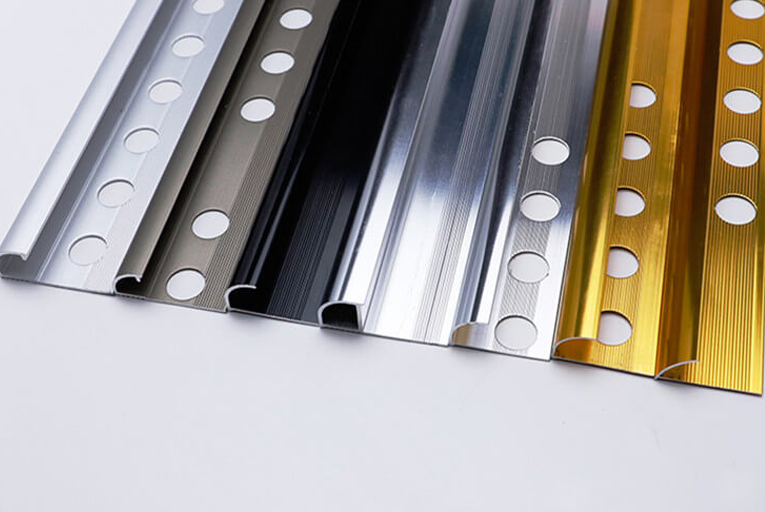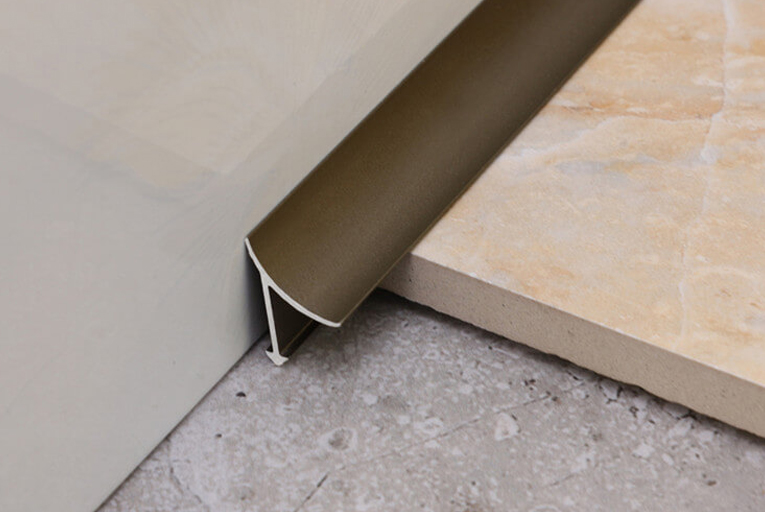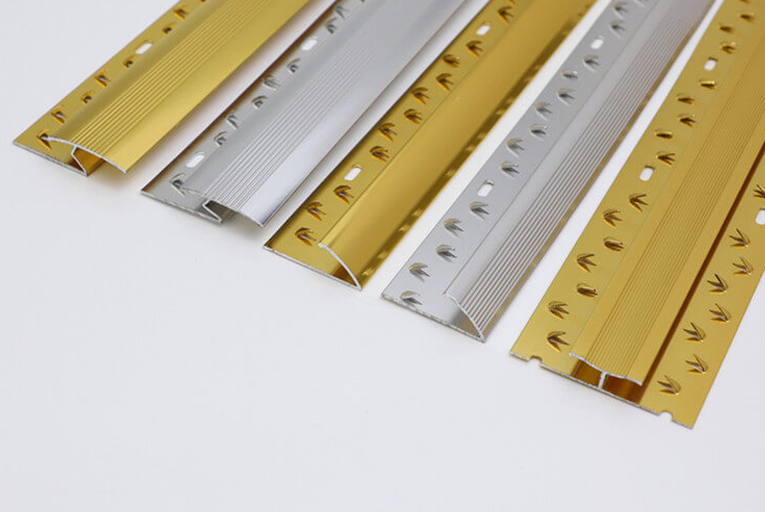The Art of Seamlessness- Mastering Tile Transitions with the Right Strips
In the realm of interior design, tile transitions play a pivotal role in creating a cohesive and visually appealing space. The article “The Art of Seamlessness: Mastering Tile Transitions with the Right Strips” delves into the intricacies of this crucial aspect, providing readers with expert guidance and practical tips to achieve exceptional results.
Choosing the Right Transition Strip
The choice of transition strip is paramount to ensuring a seamless and aesthetically pleasing transition between different tiles. The article discusses various factors to consider, including:
Material and Finish: Transition strips come in different materials such as metal, rubber, and vinyl. The finish, such as brushed nickel, bronze, or brass, should complement the tile’s color and style.
Size and Profile: Strips range in size and profile to accommodate different tile thicknesses and design preferences. Choosing the appropriate size and profile ensures a flush transition and prevents tripping hazards.
Shape and Angle: Transition strips are available in various shapes and angles, such as straight, rounded, or angled. The shape and angle should align with the tile layout and the desired transition effect.
Installation Techniques
Proper installation is key to achieving a seamless transition. The article provides step-by-step instructions for various installation methods:
Flush Installation: This method creates a level transition between tiles of equal thickness. The transition strip is recessed into the tile bed and grouted for a seamless finish.
Overlap Installation: Suitable for transitions between tiles of different thicknesses, this method involves overlapping the thicker tile over the thinner one and installing the transition strip on top.
Inset Installation: This advanced technique involves creating a recess in the thicker tile to accommodate the transition strip. It requires precision cutting and careful installation to achieve a flawless result.
Aesthetic Considerations
Beyond functionality, transition strips can enhance the overall aesthetics of the space:
Accentuating Tile Design: Transition strips can highlight the beauty of the tiles by creating a contrasting or complementary border.
Defining Spaces: Strips can be used to delineate different areas within a room, such as separating the kitchen from the dining area.
Adding Texture and Detail: Transition strips with unique textures or patterns can introduce visual interest to the design.
Practical Applications
The article showcases various practical applications of transition strips in different settings:
Floor-to-Wall Transitions: Transition strips connect floor and wall tiles seamlessly, preventing moisture penetration and creating a polished look.
Different Tile Types: Strips allow for smooth transitions between tiles of different materials, such as ceramic, porcelain, and natural stone.
Uneven Surfaces: Transition strips can be used to compensate for uneven surfaces or changes in elevation, ensuring a safe and aesthetically pleasing transition.
By mastering the art of tile transitions with the right strips, homeowners and interior designers can create seamless and visually stunning spaces that enhance functionality and aesthetics. The article “The Art of Seamlessness: Mastering Tile Transitions with the Right Strips” offers valuable insights and practical guidance for achieving exceptional results.
-
The 6 Hottest Tile Trim Solutions for 2021
2022-02-09 -
How to Install Tile Trims Line?
2022-02-09 -
Difference Between Sandblasting and Anodizing Surface Treatment of Aluminum Tile Trim
2022-02-09 -
The Different Uses of Tile Outside Corner Edging Trim and Inside Corner Edging Trim
2022-02-09 -
The Most Popular 5 Different Materials of Tile Trim Line
2022-02-09 -
What is Carpet Cover Trim?
2022-02-09
